Armored cars of Sweden. Part II
Previous projects of armored cars developed in Sweden, clearly showed the inconsistency of existing ideas. Two-axle truck chassis simply could not cope with the new load and did not provide sufficient performance. Therefore, already in 1931, Landsverk began the development of the L-180 and L-185 projects. These armored cars had to be equipped with the chassis of the new systems. So, the L-180 car was built on the base of the chassis with the wheel formula 6х4.
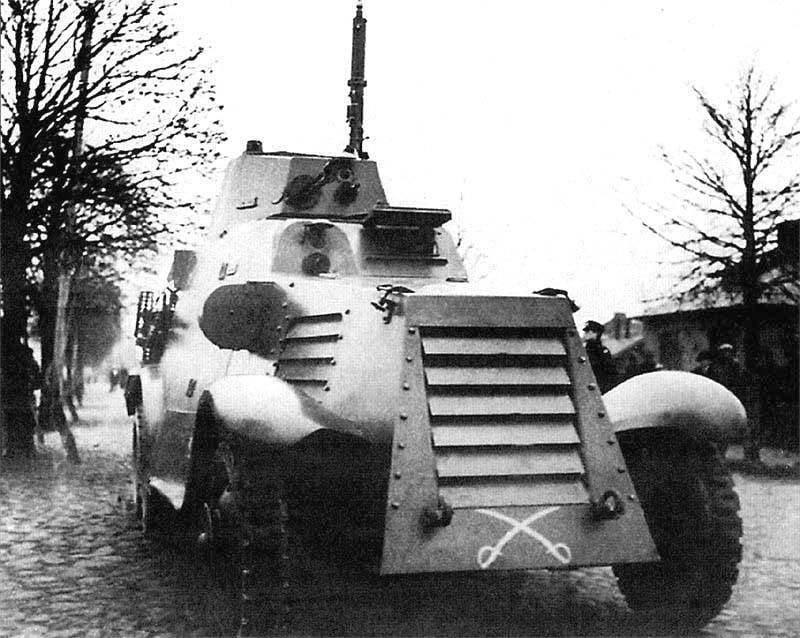
As a basis for the L-180 armored car, the chassis of one of the Scania-Vabis trucks was taken. In this case, the base chassis has undergone some modifications that were intended to bring its characteristics to a level suitable for use in armored vehicles. During the development of the armored car, the frame and suspension of the base chassis were reinforced, and a new Bussing-NAG engine with an 160 horsepower installed was installed. and reworked transmission. In addition, the chassis has received bullet-resistant tires of the new model. As it turned out, the chassis refinements were correct, although they did not allow to bring the characteristics of the car to the desired level.
The armored hull of the L-180 was assembled from sheets of thickness from 5 (roof and bottom) to 15 (tower) mm. According to the layout, the new armored car looked like m / 25 and had a separate engine compartment in front of the hull. The middle and rear parts of the corps were set aside for the fighting compartment. For more effective ventilation, the engine compartment received three sets of blinds: on the front sheet and on the sides. On the roof of the fighting compartment installed rotary tower with weapons.
In front of the fighting compartment were a driver (left) and a machine gunner (right). The latter had a Madsen 7,92-mm machine gun and controlled a relatively small sector in the front hemisphere. Three other crew members (commander, gunner and loader) were in the tower. They were in charge of the 20-mm Bofors cannon and the machine gun paired with it. The third machine gun installed in the stern of the armored hull. Also in the stern provided additional post control to leave the battlefield in reverse.
In 1933, the first modification of the L-180 armored vehicle called the L-181 appeared. She had several major differences from the base machine. First of all, it is necessary to note the chassis manufactured by Mersedes-Benz (Germany) with the Daimler-Benz М09 engine and the 68 hp power. A similar engine was previously used on the German armored car Sd.Kfz.231 (6 Rad), but its characteristics were considered insufficient. Instead of a 20-mm cannon, an L-181 armored car was equipped with an 37-mm caliber gun with ammunition in 67 shells. In addition, a second driver was included in the crew, who was to be constantly at the stern post of control.
In 1936, a modification of the L-182 was developed for Finland. Instead of a cannon, a large-caliber machine gun was installed on it, which made it possible to reduce the crew to four. Otherwise, with the exception of some minor details, the Landsverk L-182 armored car was similar to the base L-180. Only one such armored car was built and delivered to the customer.
The accumulated experience in the creation of armored vehicles allowed Landsverk to create a fighting vehicle with good firepower and a defense level high enough for that time, as well as with a relatively low combat weight. The armored car with a length of 5,8 meters, a width of 2,2 meters and a height of 2,3 meters in a state ready for battle weighed a little more than 7800 kg.
During the tests, the experienced L-180 armored car was able to reach a speed of 80 km / h when driving on the highway. The 120-liter fuel tank provided a range of more than 280 km. Firepower and level of protection of the machine were at the level of light and medium tanks first half of the thirties. However, the armed forces of Sweden were in no hurry with the adoption of the L-180 for service. The fact is that previous experience in the creation, testing and operation of armored vehicles forced the Swedish military leaders to reduce the role of such equipment in defense strategy. The main emphasis was on tracked armored vehicles - light and medium tanks. In the case of the L-180, a positive decision was hindered by low off-road patency.
The first customer of armored vehicles of the L-180 family was Lithuania. In 1935, the Lithuanian military ordered, and the following year they received six L-181 armored cars on German-made chassis. At the request of the customer, the equipment was equipped with Oerlikon 20-mm cannons. In 1940, all six armored vehicles "went to the service" in the Red Army. According to some sources, all these vehicles were destroyed in the summer of 1941, shortly after the start of World War II.
The next buyer was Denmark. In 1936, she purchased two cars of the L-181 modification. In the Danish armed forces, armored cars received the designation PV M36. For several years, these armored vehicles were used only in exercises. During the German occupation, M36 was exploited as patrol vehicles.
In the first months of 1937, Ireland became interested in L-180 armored cars. The first two cars, designed for testing, were transferred to the Irish military in the next year. In 1939, another contract was signed for the supply of six armored vehicles. Ireland set a kind of record - in its armed forces L-180 armored cars were used until the early eighties. It is worth noting that during this time the equipment has undergone several upgrades. So, at the end of the forties, the composition of its units changed (armored cars were unified with other machines), in the mid-fifties the Ford V8 engine got armored cars, and two decades later L-180 equipped with 20 mm caliber guns and new machine guns.
In the 1937 year, Estonia acquired one armored car L-180, which was used by the Tallinn police until 1940. The fate of the car is unknown.
The largest foreign customer of armored vehicles of the L-180 family are the Netherlands. In 1937, they expressed a desire to purchase Swedish-made 36 armored cars. The first batch of X-NUMX L-12 armored cars that received the Pantserwagen M181 designation in the Netherlands was handed over to the customer in the same year. In 36, the Netherlands received a dozen L-1938 machines (local designation M180), and deliveries ceased. The customer refused further purchases of equipment, explaining that decision was too much dependent on foreign manufacturers. In the future, it was planned to build armored cars on their own. In 38, part of the L-1940 family of vehicles was destroyed, but eight German armored vehicles restored eight armored cars and used them in their troops.
The Swedish military showed an interest in the Landsverk L-180 armored vehicle only at the end of the decade after seeing its success in the international market. In 1941, it was adopted under the designation Pansarbil m / 41. The order of the Swedish military department meant the delivery of all five armored vehicles in the L-180 version. The operation of this technology continued until the early sixties.
Landsverk L-180 armored cars have become the most successful Swedish development of its class. In total, 49 machines of three modifications were built. To date, only four copies have been preserved. Two of them are in Ireland, one in the Netherlands and one in the museum of the city of Axvall.
Landsverk L-185
During the L-185 project, as was the case with the previous L-180, the Swedish designers intended to move away from the chassis with the 4 x2 wheeled circuit. To improve the driving performance, first of all, terrain, they decided to make the new armored car of the two-axle all-wheel drive. It was expected that the use of such a chassis would greatly enhance the capabilities of the new combat vehicle. The Swedish designers turned out to be partially right: an all-wheel-drive chassis really turned out to be an effective way to solve the problems that existed at the time. Moreover, several decades after the creation of the L-185, it is difficult to find light armored vehicles without all-wheel drive. According to some data, soon after the start of work, the Danish military became interested in the project, because of which further design was carried out taking into account possible supplies to Denmark.
For all-wheel drive chassis, Swedish designers turned to their American counterparts. The Fordson truck with a Ford 221 petrol engine with an 85 horsepower, was chosen as the basis for the new armored vehicle. The transmission of this truck distributed torque to all four wheels. The suspension was made on the basis of leaf springs. The base chassis was equipped with a relatively low-power engine. Since there were no alternatives to meet the existing requirements, Landsverk’s designers had to create a project using existing capabilities.
It was required to maximally facilitate the construction. For this, armored corps were assembled from sheets of thickness 6 mm. It is easy to see that the L-185 armored car turned out to be quite compact: by reducing the internal volumes of the hull it was possible to reduce the required amount of metal and, as a result, the weight of the whole structure. Including for this reason, the hull sides were positioned vertically, and the frontal and stern sheets - at an angle. In the front and side sheets of the hood provided louvers for engine cooling. Front sheet grille received control system from the driver's workplace.
The layout of the body of the L-185 armored car was a classic: the engine compartment in the front, followed by the control compartment and the fighting compartment. Like some previous Swedish armored cars, the L-185 had two control posts, one of which was located in the rear of the hull. The crew of the armored vehicle consisted of five people, but during operation it was often reduced to four, abandoning the second driver. In addition to the two drivers, the commander, the gunner and the loader were part of the crew. The armored car had only one door for the landing crew, located near the front wheelhouse.
The main armament of the L-185 armored vehicle was located in a rotating turret on the roof. In the tower of conical shape with a characteristic front bevel, they installed an 20-mm automatic cannon and an 8-mm machine gun of the Madsen brand. The second machine gun of the same model was run by the shooter, whose workplace was placed to the right of the driver. The gun ammunition was 350 shells, and in the boxes for ammunition for machine guns placed a total of 3500 ammunition.
The dimensions of the new Swedish armored car, designed for Denmark, differed little from the size of previous combat vehicles. The length of the L-185 armored car did not exceed 5 meters, the width was about 2 m and the total height was no more than 2,3 m. At the same time, the armored car turned out to be relatively light. Due to the savings at the level of protection, the combat mass was able to bring tons to 4,5.
A light armored car with a relatively low-powered engine, according to the developers, could accelerate on the highway to 80 km / h. However, on the test, he showed only half of the promised speed. The actual maximum speed on the highway did not exceed 45 km / h. Patency increased slightly compared with previous armored cars of the 4x2 scheme, but was still not sufficient for normal movement over rough terrain.
The specific running characteristics of the L-185 armored car did not alienate the customer, although they probably affected the future plans of the latter. In addition, the attitude to the car ordered by the Swedes should have reflected its fighting qualities. With solid weapons, she had insufficient bookings. Because of this, the use of such armored vehicles in the army was a dubious undertaking.
However, in 1934, a single copy of the new armored car was handed over to Denmark, where it received the new designation PV M34. Due to the limited characteristics of the machine, it was limited in operation until approximately 1937-38, after which it was sent to storage. Information about the further fate of the armored car L-185 / M34 vary. According to one source, by the end of the decade it was disposed of. Others claim that in 1940, the Germans received an armored car as a trophy, repaired and used in police units. Anyway, the only armored car model L-185 to our time has not been preserved.
Landsverk lynx
By 1937, Landsverk’s designers had gained sufficient experience in building armored vehicles and began work on a new project with the code name Lynx (“Lynx”). The aim of the project was to create a promising armored car with a wheel formula 4х4, high speed and maneuverability, as well as a good level of protection and firepower. Unlike previous projects, the new armored car was supposed to receive a specially designed undercarriage. Apparently, the use of ready-made units was considered unpromising.
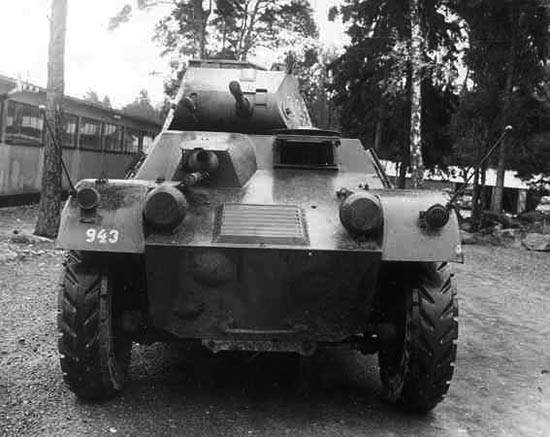
Frontal projection of the machine and the front post control (left machine gun). The tower along the axis of the machine is shifted to the right - the engine is shifted to the left.
For the Lynx armored car, an armored hull of the original design was developed. It had to be made from sheets up to 13 mm in thickness and had an interesting shape. For ease of manufacture and placement of internal units, the front and rear parts of the case were made almost the same, they had minimal differences. Among other things, this made it possible to equip within the habitable volume two control stations with an acceptable composition of instruments and means of observation. The presence of two jobs drivers affected the placement of the engine. Scania-Vabis 1664 carburetor with 142 horsepower installed in the middle part of the hull, at the left side. Radiator blinds and exhaust pipe placed on board. Such an arrangement of the engine made it possible to make a relatively simple transmission transmitting torque to both axles. Four wheels with bulletproof tires have received a leaf suspension.
In front of the armored hull machine "Lynx", on the left side, the workplace of the first driver was located. He could observe the environment through the viewing devices on a small turret, as well as through the front hatch and hatch in his door. Both hatches, if necessary, could be closed with an armored cover with a viewing device. To the right of the driver was the gunner, armed with an 8-mm Madsen machine gun. The shooter and the driver were also located in the rear part of the hull, and the driver was located behind the engine (at the left side), and the shooter was next to it. The main driver and gunners could get into an armored car and leave it through the doors in the sides. The stern mechanic driver did not have his own door. Due to the specific shape of the hull sides, the doors were bivalve. The front doors opened back in the direction of travel, the back - forward.
Not wanting to spend time developing a new combat module, Landsverk designers equipped the Lynx armored vehicle with a tower borrowed from the L-60 light tank. A tower with commander and gunner jobs was installed on the roof of an armored hull, with a shift to the starboard. The 20-mm automatic cannon and the Madsen 8-mm machine gun were mounted in the turret. Ammunition guns consisted of 195 shells. The total ammunition of three machine guns - more than 2100 cartridges.
The “Lynx” armored car was almost the same in size as other Swedish vehicles of this class. Its length exceeded the 5,2 meter, and the width was equal to 2,25 m. At the same time, however, the armored car turned out to be slightly lower than its predecessors. Its height over the roof of the tower did not exceed the 2,2 meter. Combat weight reached 7,8 tons. Inside such a relatively compact armored car, there was a crew of six: a commander, two driver mechanics, a gunner, and two gunners.
The use of the original chassis, designed specifically for the armored car, allowed to achieve high performance. On the highway, the Lynx could reach speeds of up to 80 km / h. Fuel supply allowed to overcome up to 200 kilometers. On cross-country terrain, the vehicle could not compete with light tanks of that time, but exceeded the early types of wheeled vehicles. The level of protection of the armored corps was considered acceptable, and the firepower corresponded to the views of the time on the armament of armored vehicles.
Tests that demonstrated the advantage of the new armored car did not convince the Swedish military. Because of this, Denmark became the first customer of Lynx armored cars. In the thirties, this state regularly attempted to update the fleet of armored vehicles, but limited financial capabilities did not allow it to realize all its plans. In 1938, the Danish military again began to search for suitable armored vehicles. After reviewing the documentation for various vehicles, the competition committee selected two finalists: the British armored car Alvis-Straussler AC3 and the Swedish Landsverk Lynx.
The winner of the competition was the Swedish armored car. Despite the slightly higher price, it attracted the customer with its characteristics and production speed. In addition, the Swedish side agreed to make some adjustments to the design of its armored car, for example, to remake the tower for the installation of a radio station.
According to the original plans, Denmark wanted to get 18 armored cars. The supply contract was signed at the end of 1938 of the year. However, after a series of spending cuts, the Danish military was able to order only three armored cars. In April next year, Denmark received the ordered armored cars. In its armed forces, they received a new designation PV M39. For some reason, for several months, Danish military personnel could only master driving armored cars. The fact is that the supplied Lynx had no weapons. It was possible to bring them to a combat-ready state only in the fall of 39.
Seeing the politico-military situation in Europe, in the spring of 1939, the official Copenhagen decided to find the necessary funds to fulfill the initial plan for the purchase of Swedish armored cars. In May, 1939 signed a contract for nine cars, and in February of the following year, Denmark ordered six more Rays. Part of the armored vehicles ordered was built by the spring of 1940, however, further developments did not allow the completion of the contract. At the beginning of April, 40, Germany occupied Denmark and the three Lynx armored vehicles that were available went to her as trophies. In the future, the car passed the German police units.
Landsverk nevertheless completed the construction of the ordered armored cars, but was never able to transfer them to Denmark. It should be noted that part of the Lynx armored cars was built by Volvo, since Landsverk at that time was performing several large military orders. In the 1940 year, they were adopted by the Swedish army under the designation Pansarbil m / 40. Before being handed over to the troops, the machines received new 20-mm guns manufactured by Bofors. 15 armored "Lynx" could be transferred to the Danish military. At the beginning of 1941, Denmark offered Sweden to transfer the ordered equipment. Sweden refused because it was neutral, and such a deal threatened with specific consequences of an international character. There is information about the Danish proposal to transfer a batch of armored cars under the guise of steel. But after him the car remained in the Swedish army.
Operation of Landsverk Lynx armored cars in the Swedish army continued until the mid-fifties. In 1956, Sweden sold 13 armored cars to the Dominican Republic. The remaining two by this time, probably, have developed their resource. According to some sources, the used armored vehicles “Lynx” were used in the hostilities of the sixties, but there is no exact information about the results of their use.
***
By the end of World War II, it became clear that armored cars in their current form have no prospects. The specific combination of mobility, protection and firepower did not allow them to act at the forefront. Gradually, the armored cars were transformed into new classes of equipment: combat reconnaissance and reconnaissance-patrol vehicles, whose combat missions were not related to open clashes with the enemy.
The Swedish military and defense industry, analyzing the results of the recent war, came to the same conclusions as other countries. After the Landsverk Lynx armored car, such projects gradually disappeared from view, being forced out by a different technique. It is worth noting that back in 1941, the Swedish designers began work on the Terrängbil m / 42 armored personnel carrier, which used a number of developments on armored vehicles. However, this machine was intended to transport soldiers. Soon, practice has shown that with similar construction costs and labor-intensive operation, an armored personnel carrier is much more useful for the army than an armored car. For this reason story Swedish armored cars soon ended.
On the materials of the sites:
http://www2.landskrona.se/
http://aviarmor.net/
http://sphf.se/
http://militaryfactory.com/
http://ointres.se/
http://armyvehicles.dk/
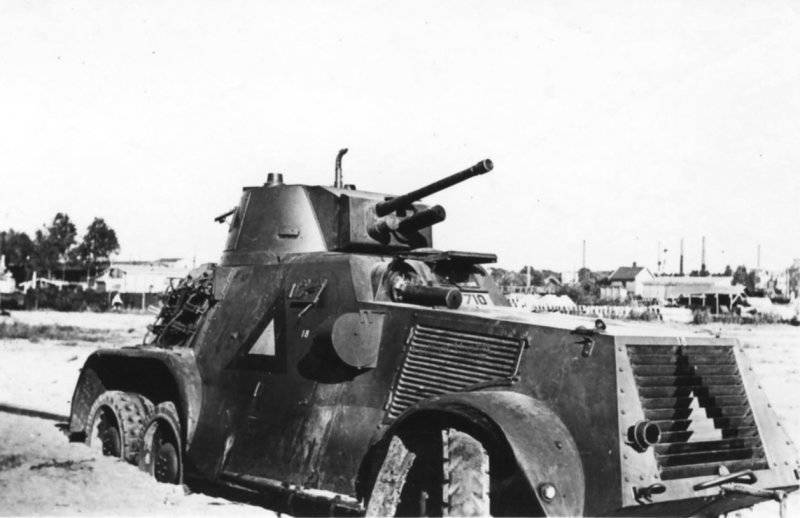
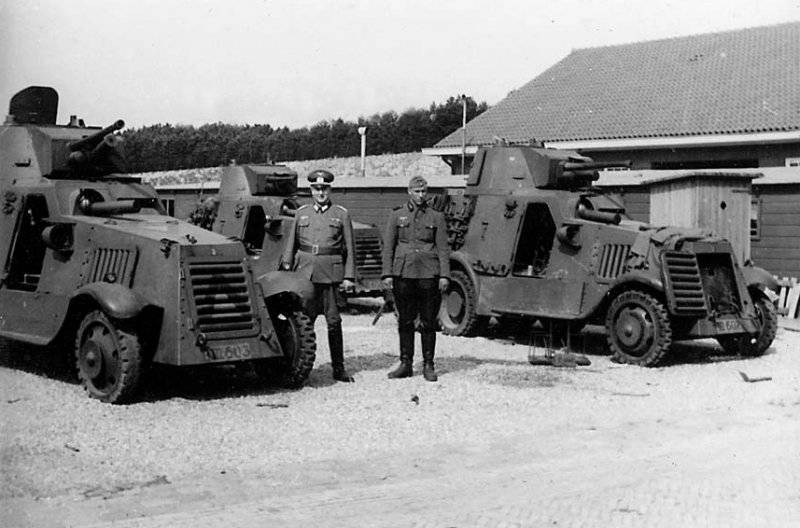
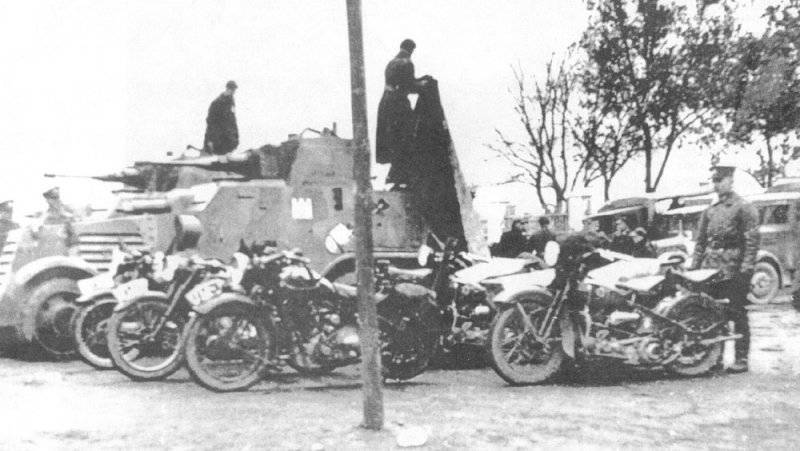
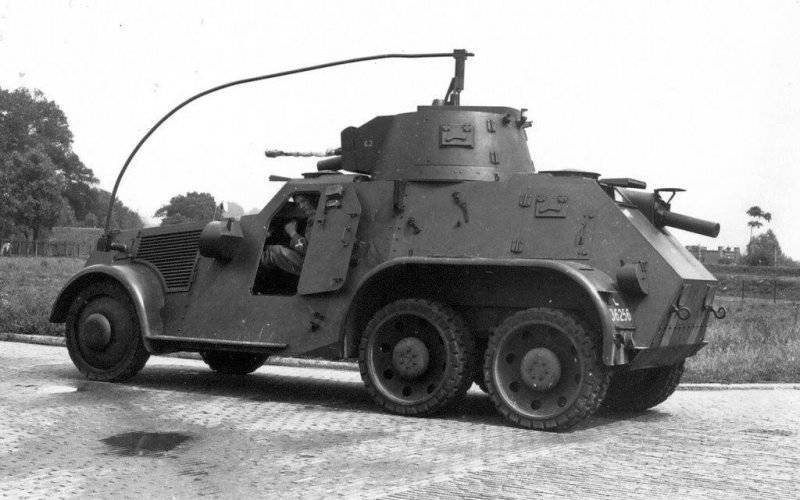
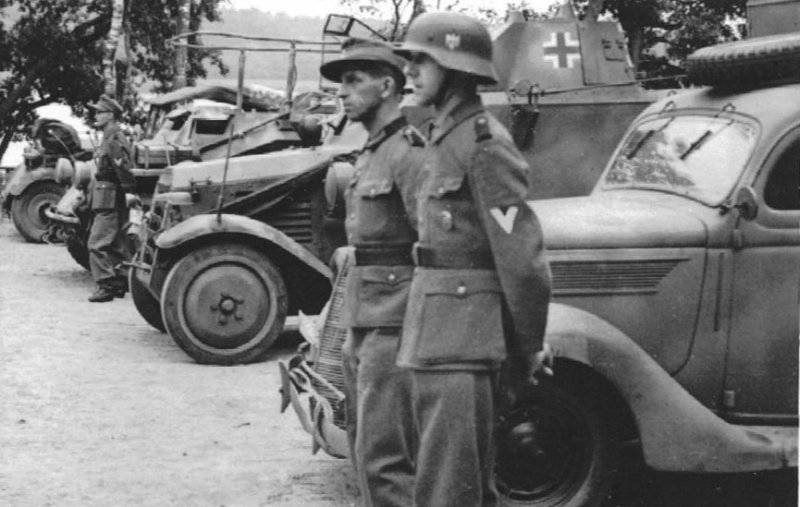
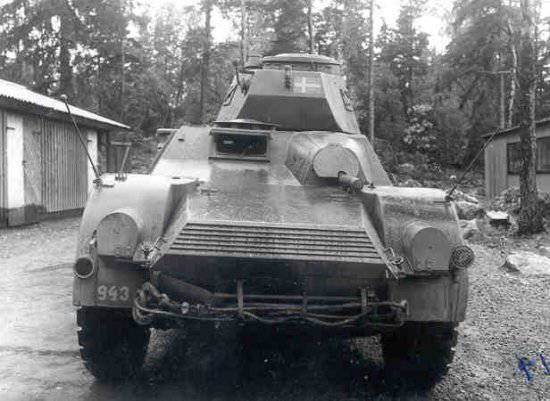
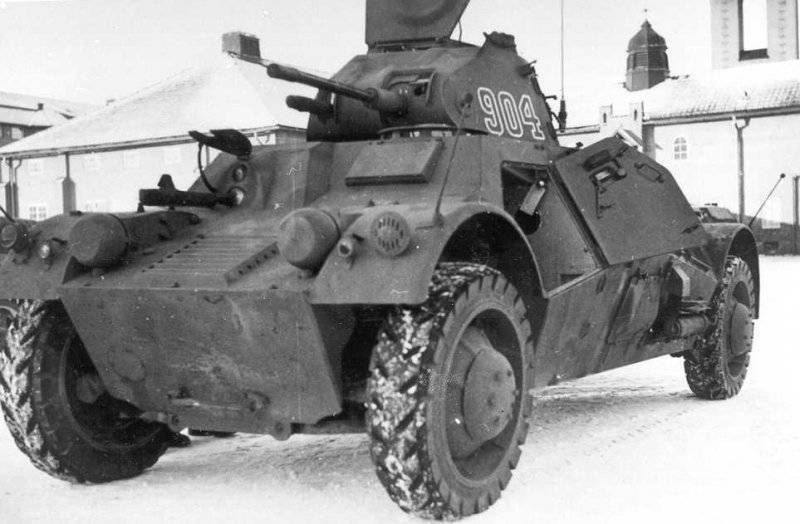
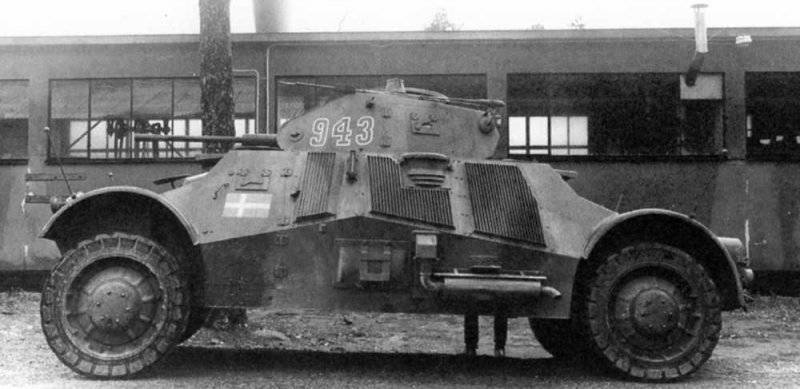
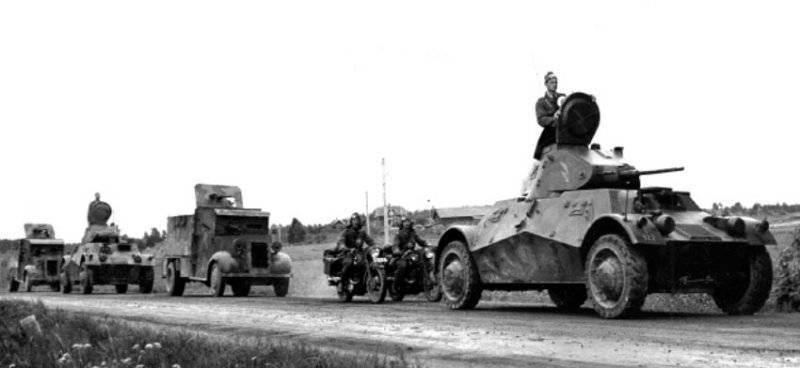
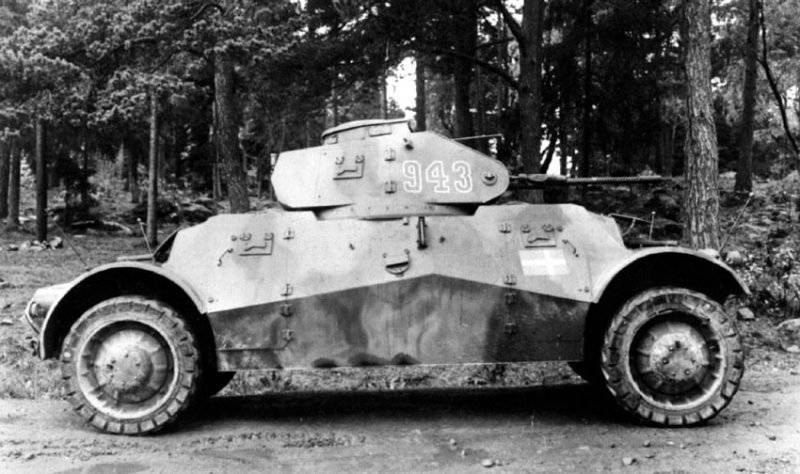
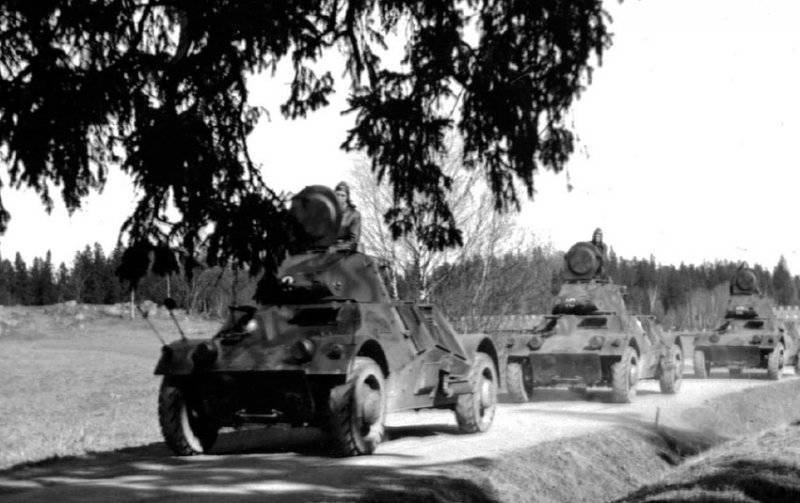
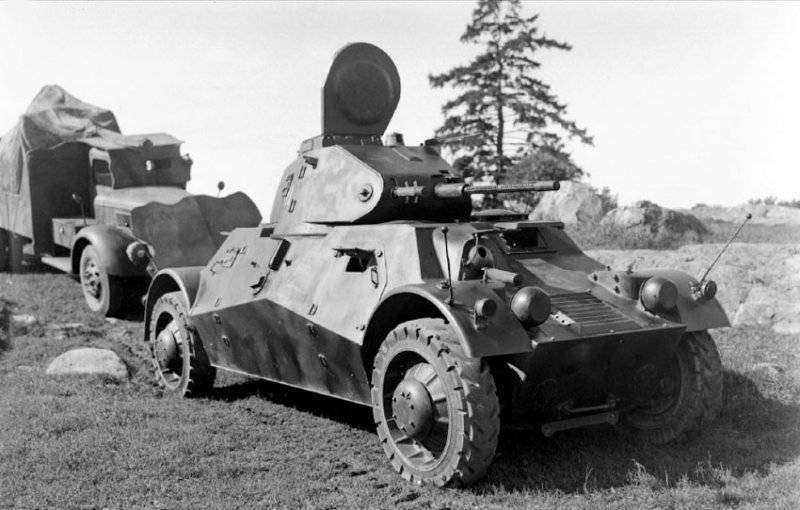
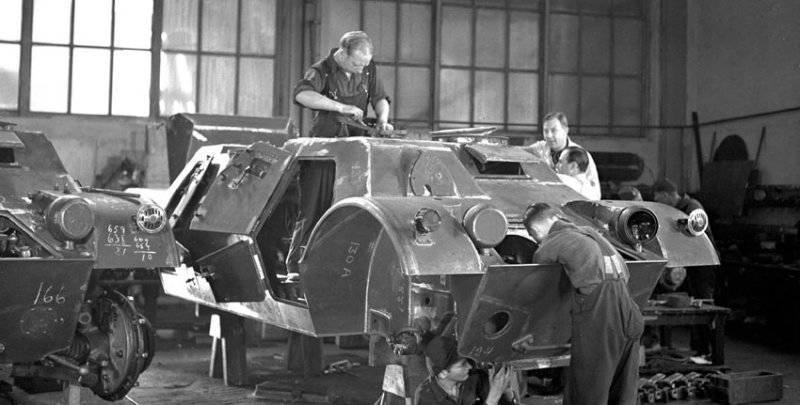
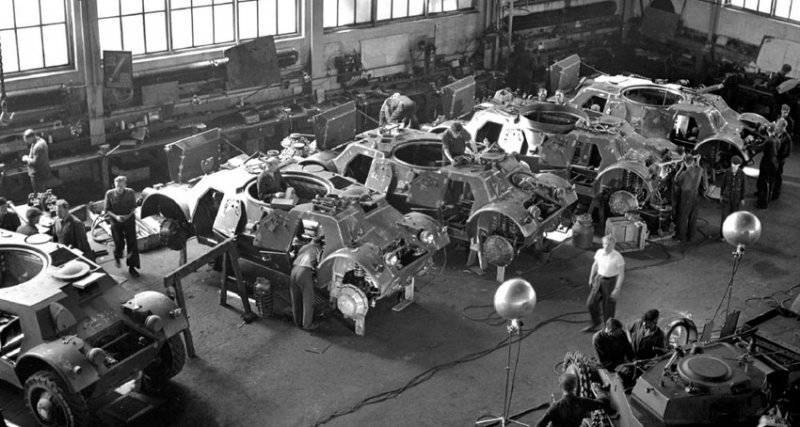
Information